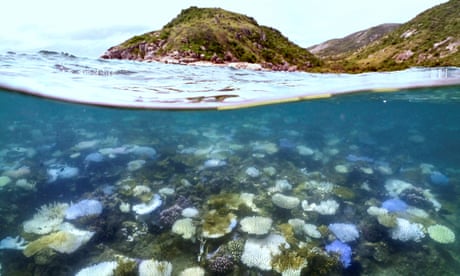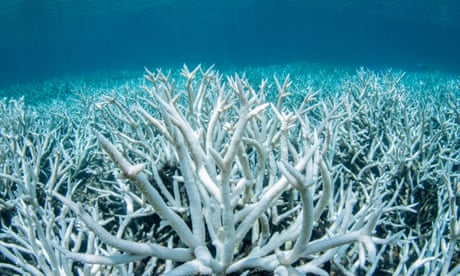Extract from ABC News
In short:
A man has been accused of using a burning car to spark one of the biggest wildfires in California.
The fire continues to burn across four counties in the state as thousands of fire fighters struggle to contain it.
What's next?
More resources are being called in to try and contain the fire, which has already blazed across more than 149,000 hectares.
As families enjoyed a peaceful summer afternoon at a California swimming hole, a man nearby stepped out of his car and set it on fire.
Witnesses watched on as he pushed the burning vehicle down into an 18-metre embankment, walked away, and calmly joined the crowds of people fleeing the fast-growing flames.
The same fire has become the largest wildfire in Californian history, this week burning across more than 149,000 hectares.
The man allegedly responsible has now been arrested and formally charged with felony arson.
Thousands of firefighters are still struggling to contain the fire he is accused of starting.
Alleged arsonist 'held without bail' as fire rages
Authorities say Ronnie Dean Stout II was spotted just before 3pm last Wednesday pushing the car into the embankment near Bidwell Park's Alligator Hole.
Less than 12 hours later, the 42-year-old was arrested at his home in Chico Mobile Home Park, a less than 20 minute drive away.
Neighbours told the Washington Post Mr Stout seemed "like a decent guy" who had lived in the park since being released from jail "quite some time" ago.
One resident told the outlet she had heard him excited about buying a car for $US7,500 ($11,460), allegedly the same car which started the fire.
Mr Stout has been booked into Butte County Jail, and, according to a statement released by District Attorney Mike Ramsey, "he is being held without bail until his arraignment".
He has denied the charges, according to Mr Ramsey, who said during a news conference Mr Stout called the incident "an accident" and claimed the car rolled down the hill.
Mr Ramsey added there were "indications" Mr Stout was intoxicated and he was allegedly seen drinking near the watering hole and driving "extraordinarily" recklessly.
Authorities have said they are trying to find a motive.
"If you try to figure out what happens in a crazy mind, it will drive you crazy," Mr Ramsey said.
Mr Stout's next court appearance is scheduled for 1:35pm on August 1, local time.
Court records show almost a dozen different media outlets have already requested permission to record and photograph inside the courtroom.
'Sixth largest fire in California history'
The fire has now spread across four California counties and as of Monday afternoon local time was only 12 per cent contained.
So far there have been 4,876 individual personnel and 98 fire crews, 33 helicopters, 434 fire engines, 166 dozers and 116 water tankers assigned to fight it.
More than 100 homes and businesses have been destroyed and thousands of people have been evacuated.
A state of emergency has been declared in Plumas, Butte and Tehama counties in California's northern central region.
In "only six days", Cal Fire incident commander Billy See said, the fire has become the "sixth largest fire in California history".
"This region, both Butte and Tehama … has had four of the largest 10 fires known in history," he said.
"The firefighters are working extremely hard, gaining perimeter control daily, and will continue to serve and protect the citizens of California."
"Fire devils", towers of swirling smoke, dirt, and fire, have been captured on video multiple times over the last week.
Cal Fire operations section chief Mark Brunton said on Monday afternoon local time there had been "significant changes" in fire activity in 24 hours.
"We had a break for 48 hours prior to that, we were able to do a lot of good work, establish some good control lines and go direct on the fire," he said during a press briefing.
"However with the changing of the weather we've seen increased fire activity."
California governor Gavin Newsom said: "We're continuing to see dangerous conditions, our firefighters and emergency responders are working day and night to protect our communities.
"Californians must heed warning from local authorities and take steps to stay safe."
Texas governor Greg Abbott has also announced the state would deploy firefighters, fire engines and more to California to assist.





